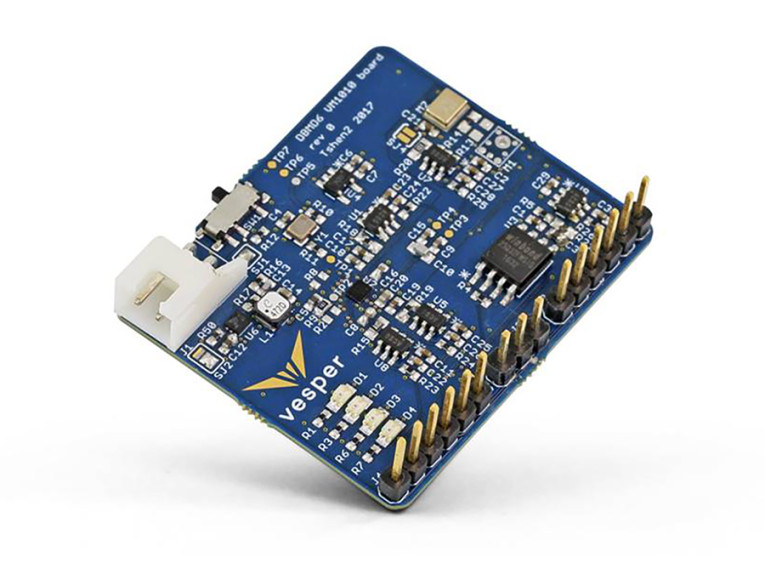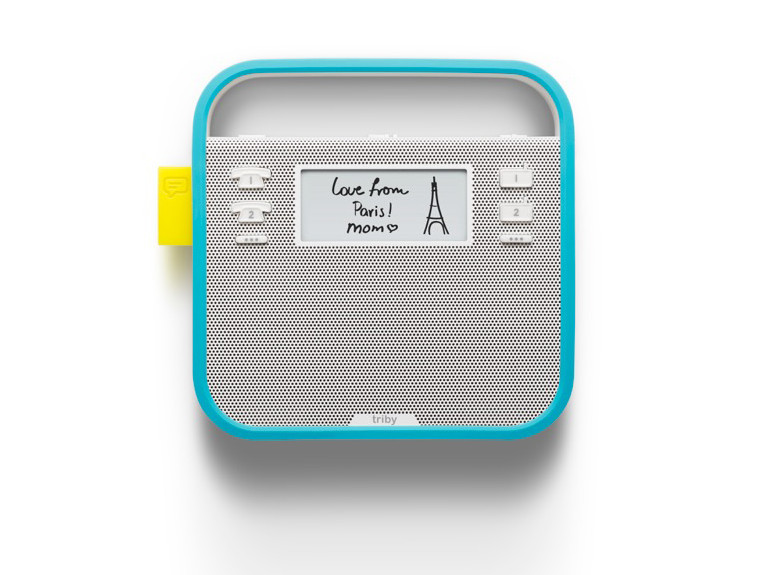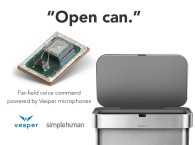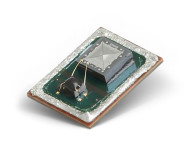
Consuming a mere 6 µA while in listening mode, Vesper's VM1010 extends battery life to months or years by enabling the rest of the system to completely power down while waiting for a keyword. That is a major advantage to designers who can create an entirely new class of rugged, battery-operated, voice-interface devices that work anywhere.
“Consumers want to interact with their electronic devices using just their voice. We are seeing a Cambrian Explosion of voice-enabled consumer electronics, including smart speakers, smart earbuds, and diverse IoT products,” says Matt Crowley, CEO, Vesper. “The problem is that speech recognition consumes a lot of power, 1000 uW or more, and that is why most voice-activated devices must be plugged in. By using unique materials that directly convert sound energy into electrical energy, VM1010 is the only MEMS microphone that uses sound energy itself to wake devices from sleep, while consuming negligible power. That’s a huge advantage to consumers who will be able to use their hearables, wearables, smart speakers, and event-detection systems for months or even years at a time, without recharging or replacing batteries.”
VM1010 is a low-noise, high dynamic range, single-ended analog output piezoelectric MEMS microphone. It features a configurable voice zone, allowing voice in a 5-foot radius to 20-foot radius-zone to trigger the system and increase to a normal operation mode. When the environment is quiet, the system can enter ZeroPower Listening mode and the entire system can power down.
Like other Vesper piezoelectric MEMS microphones, VM1010 sets the standard for reliability and stability, even in harsh environments. It is dustproof to IP5X and waterproof to IPX7. Because it is stable in all environments, VM1010 microphones are also ideally suited to microphone arrays, which are critical to far-field audio applications. Drawing a mere 6 µA of power in always-listening mode, VM1010 extends battery life by >10x.

Vesper's VM1010 is currently sampling and is available online through Digi-Key. Test boards and reference design boards using VM1010, DSP Group’s DSPG DBMD6 and Sensory’s Truly Handsfree wake word algorithms are available from Vesper via an exclusive invitation-only program.
Vesper Energized
Amazon’s Alexa Fund has recently supported both Vesper and Invoxia, as two startups that are advancing voice user interface through their respective technologies. Invoxia is also preparing to launch its soon-to-be-released VM1010-based smart home hub.“ When we first tested VM1010, we could hardly believe how much it extended battery life. We are excited to work with Vesper as we prepare to launch the world’s first ZeroPower Listening smart home hub in the coming months,” says Serge Renouard, CEO, Invoxia. “We expect consumers to delight in their ability to use Amazon Alexa as they wake our new smart speaker from sleep, without having to push a button to activate a product that they can use anywhere.”

Vesper recently closed $15 million in Series A funding, led by Accomplice, a Boston-area venture capital firm focused on early-stage technology companies, and received further investments from AAC Technologies, Hyperplane, Miraenano Tech and other undisclosed investors.
“Everyone’s going to use voice interfaces. They’re the next big shift in communication,” said Jeff Fagnan, founder and general partner, Accomplice. “People may not realize that the tiny MEMS microphones inside their devices are what’s driving and enabling powerful voice UI. Vesper’s piezoelectric MEMS microphones are uniquely durable—working underwater and in dust—which people will come to expect in their devices.”
“We’ve invested in MEMS for a long time, and Vesper is the fastest MEMS company to go to production in history. They have a strong team and product, from IP to manufacturing, and the market timing is great as more IoT and smart devices rely on voice control,” Fagnan added.
Vesper’s MEMS microphones represent a radical shift from the capacitive MEMS microphones that are shipping by the hundreds of millions in smartphones, hearables, smart speakers, Internet of Things devices and connected cars. Vesper’s piezoelectric design is waterproof, dustproof, particle-resistant and shockproof. Piezoelectric MEMS microphones make voice-interface devices practical in any environment, and they are also ideally suited for far-field applications such as microphone arrays.
www.vespermems.com







